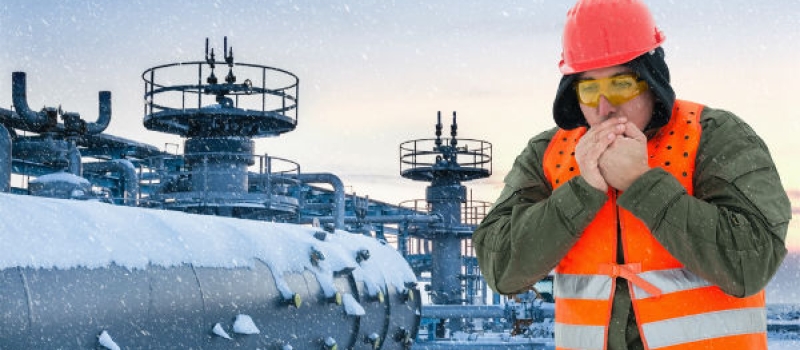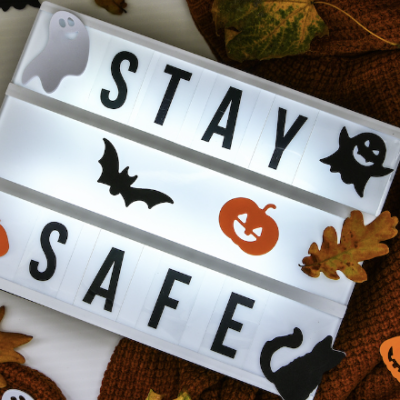Cold Stress Health Issues
Monday, February 14, 2022 Murray Tate

Cold Stress Health Issues
We in the safety field have stressed heat stress issues for years now. But we are beginning to learn that cold stress may be an even bigger health risk. A major international study, published in 2015, examined death rates related to temperature extremes. This was a meta study of health records in 13 countries canvassing 384 separate locations from 1985 to 2011 (some timeframe variation by location). Over 74 million deaths were examined. The countries involved were: Australia, Brazil, Canada, China, Italy, Japan, South Korea, Spain, Sweden, Taiwan, Thailand, UK, and the USA. They wanted a mix of countries that involve most climates.
The authors determined the optimum temperature at each location (the temperature with the lowest death rate – minimum mortality temperature). Then they examined extreme temperature events (cut-points defined as <2.5 and >97.5 percentile temperatures). But they also examined death rates at the temperatures between optimum and extreme (moderately non-optimum temperatures). The optimum temperature range is about 65-85 degrees F. It varies by location and local climate.
Most government and industry concern is in regards to high temperatures. However, this study revealed 0.4% of deaths were attributable to heat BUT 7.3% of deaths were attributable to cold. Therefore almost 20 times more people are killed by cold than by heat! The actual numbers and ratios of fatalities would vary by the chosen cut-points used in the calculations.
For heat related fatalities, there were about as many fatalities associated with extreme heat as with moderately non-optimum heat. BUT for cold related fatalities, less than 1% of fatalities were associated with extreme low temperatures, while almost 7% were associated with moderate cold temperatures. Therefore, almost ten times more people die during moderately cold temperatures versus extreme cold temperatures.
Heat related fatalities tend to occur within a few days of heat exposure. Causes of death include heat stroke, cardiovascular issues, and blood related issues (thickened blood raises blood pressure).
Cold related fatalities frequently take 3 weeks to occur after cold exposure (lag time). Cause of death is rarely hypothermia. Most cold related deaths are from cardiovascular and respiratory effects such as heart attack and flu. Part of cold related deaths may simply come from being indoors in close proximity to others who are ill. The lag time difference may be why previous studies missed many of the cold related fatalities. If a three-day lag time were the only time examined, then most of the cold related fatalities are missed.
For those wishing to read the original article, the reference is: Gasparrini, A., Guo, Y., Hashizume, M., Lavigne, E., Zanobetti, A., Schwartz, J., ... & Leone, M. (2015). Mortality risk attributable to high and low ambient temperature: a multicountry observational study. The Lancet, 386: 369-375.




